Popular on Food52
Continue After Advertisement
5 Comments
Matt L.
May 21, 2015
Lovely recipe - I've been making this version from the timedeating blog and getting great results http://timedeating.co.uk/?p=686 stacking the apples in this different way gives a really intensely appley result!
Tina H.
February 24, 2015
Making this tonight in a 10" pan. I think 2 cups of sugar is a lot! Next time, I'll make it with 1/2 the amount of sugar. I did add lemon zest, a couple dashes of nutmeg and a tad of cinnamon and tasted the sauce before I put the pastry on and put it in the oven and I must say it tastes delicious!
Oh! And I'm making it with gluten free puff pastry!
Oh! And I'm making it with gluten free puff pastry!
witloof
February 23, 2015
I've discovered that it's actually not necessary to premake the caramel. I just put the butter and sugar on the bottom of the skillet and put the apples on top, then cook them all together. I make sure the apples don't stick by shaking the pan and rotating the apples every few minutes. The juice cooks out better, the apples absorb more of the caramel, and the tart stays drier and less drippy. If you use unsalted butter, it's a good idea to add a about a half teaspoon of salt to the sugar in the beginning.
AntoniaJames
February 23, 2015
Great advice, witloof. That's how I do it, too. And, how Julia Child did it; she'd make it in a skillet, cooking the whole thing on the top of the stove to heat the sugar, butter and apples over high heat, before putting in the oven. If it didn't caramelize darkly enough, she'd pop it under the broiler. She recommended sprinkling sugar (after tossing with a touch of lemon juice) on the cut apples while making / letting the crust rest, to let the apples release some of their juice, which you leave in the bowl, of course. Have not thought to add salt to the caramel, though. What an excellent idea. ;o)
witloof
February 28, 2015
Antonia, to gild the lily further, I use a homemade pie crust {Dorie Greenspan's is my current go-to} and brush the top with milk and sugar, so it's all crunchy and crackly. If I'm being organized, I make the crust earlier in the day so it has a chance to rest before I tackle the apples. One more thing I have discovered is that if I arrange apples cut in half on the bottom and then use quartered apples for the upper layers, I can really pack in a lot of apples as they start to cook down, and the top is beautiful. I let it cook for quite a while, until the apples are essentially done, and then bake it at a high temperature so that the crust browns quite quickly. Do try it with the salt! It adds another entire layer of flavor.
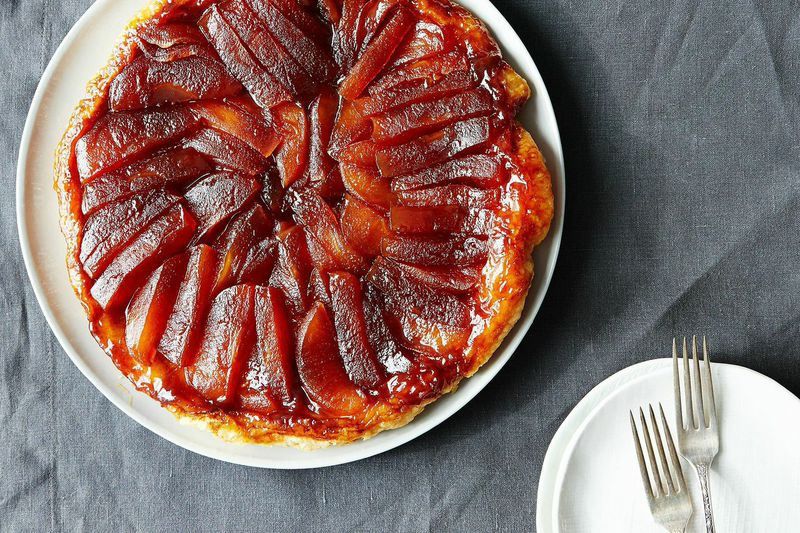
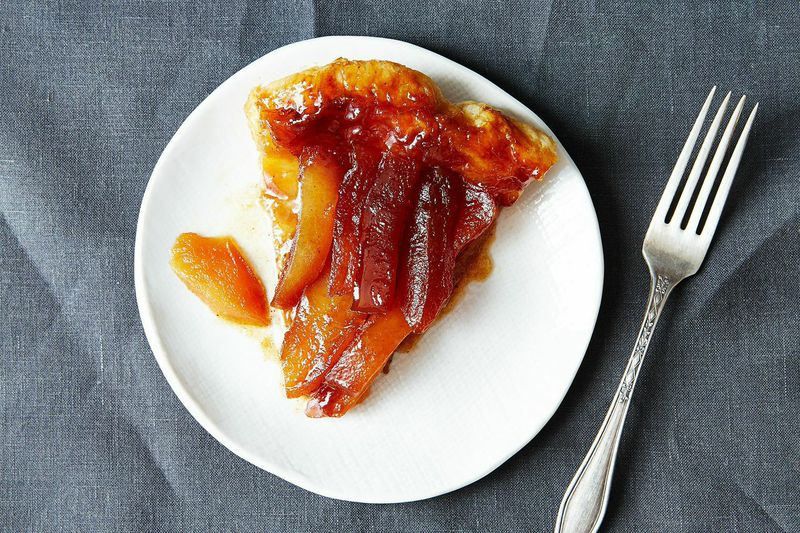
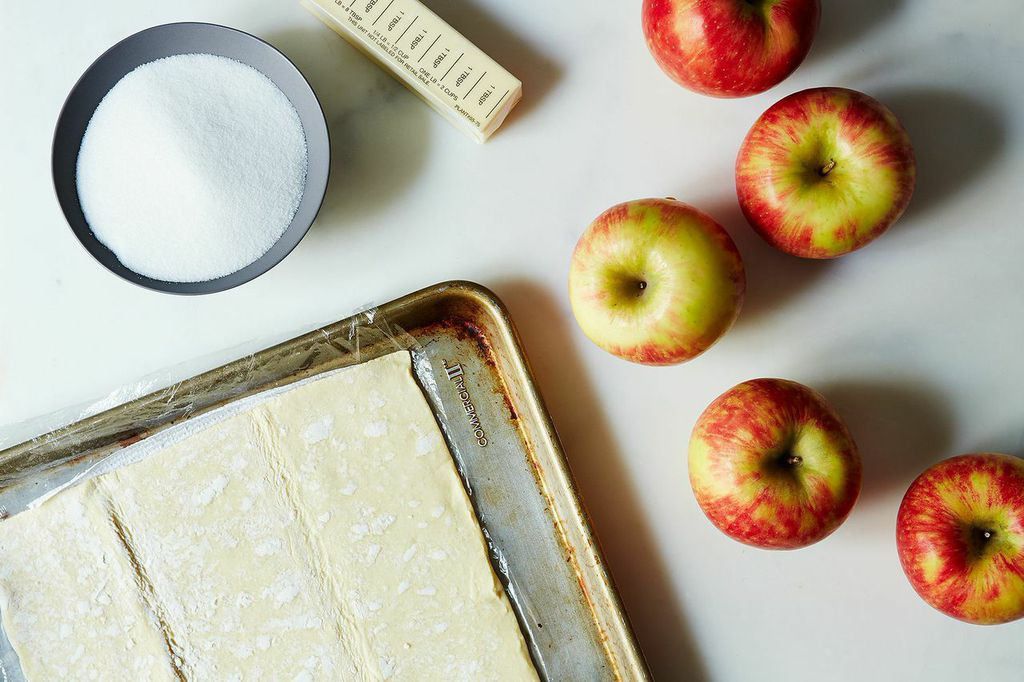
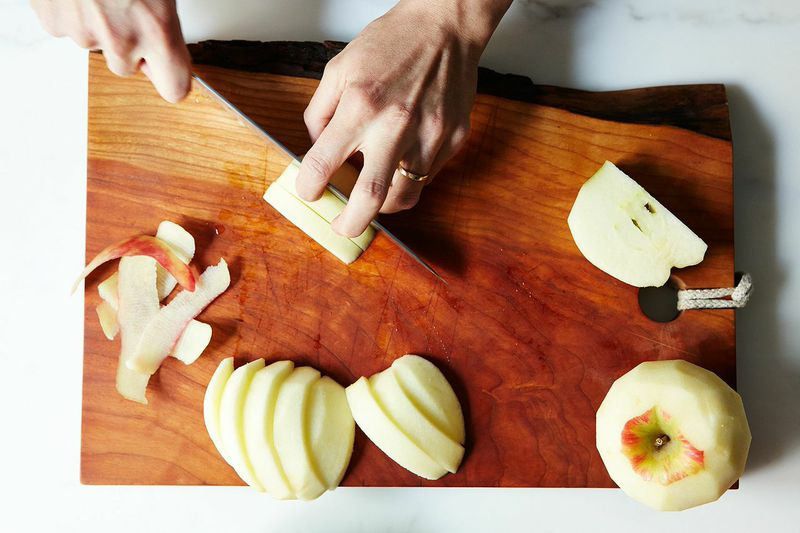
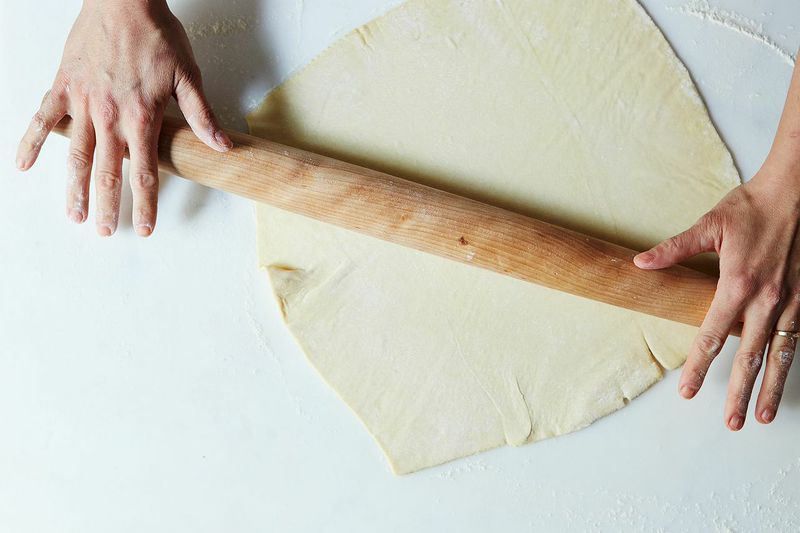
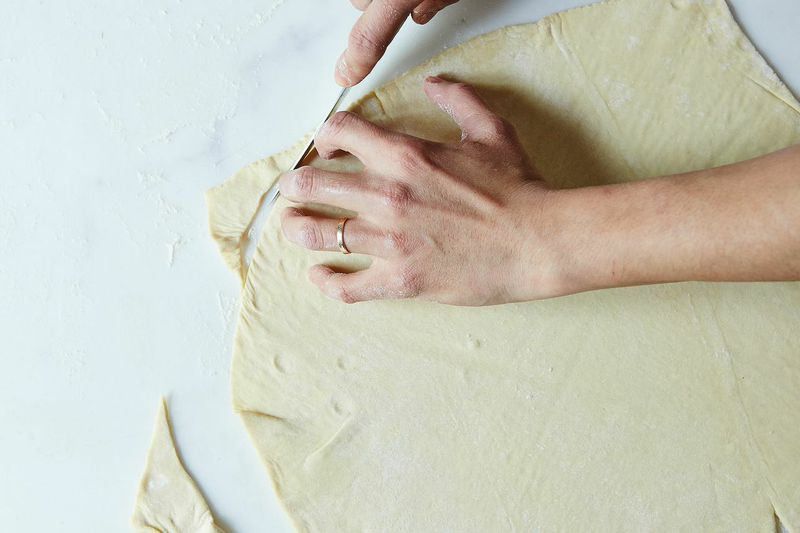
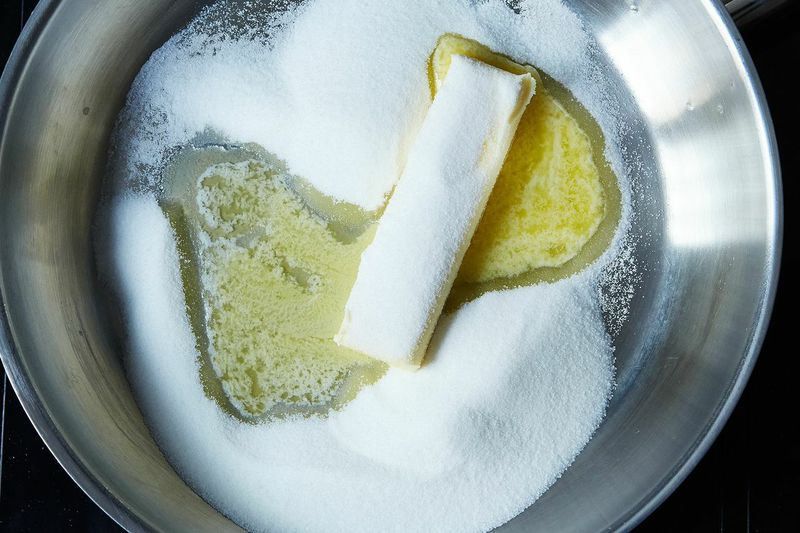
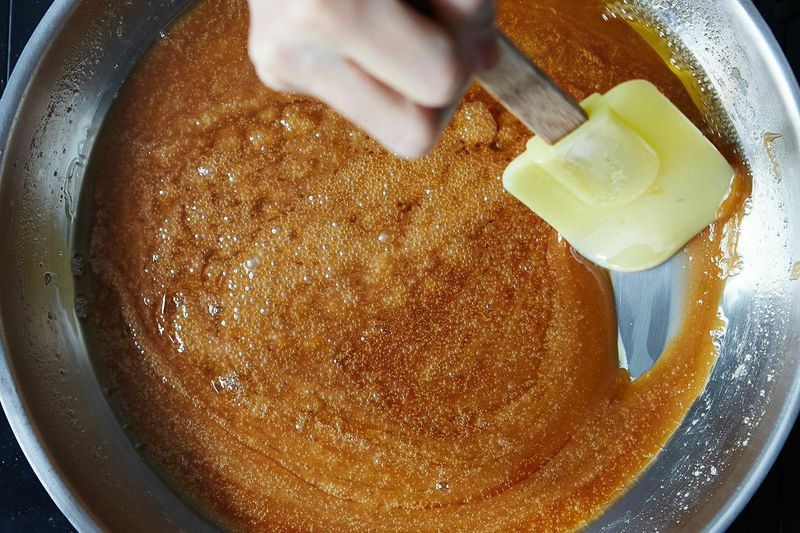
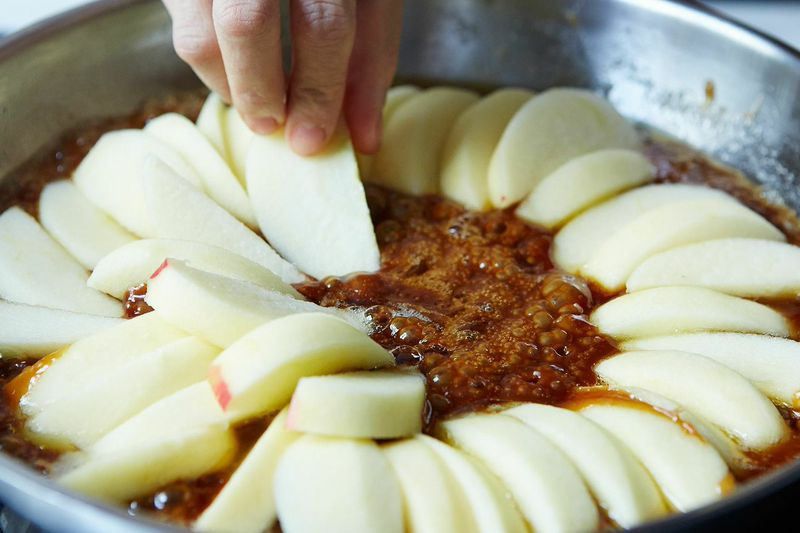
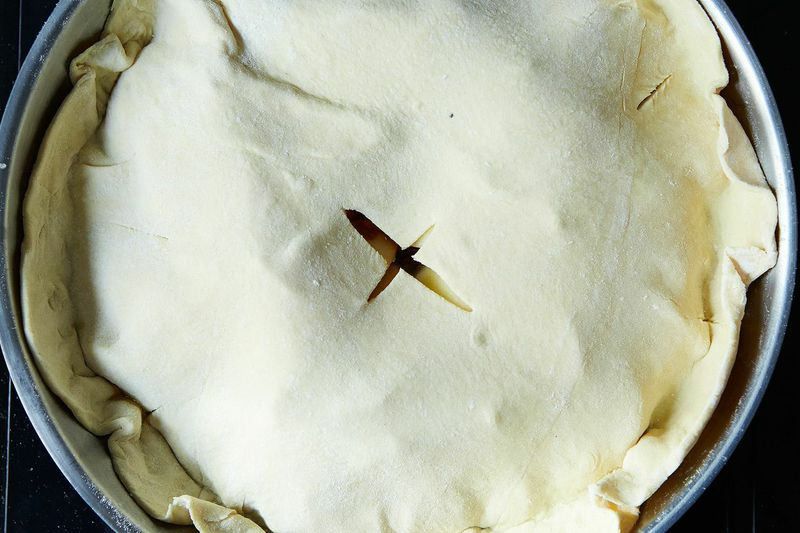
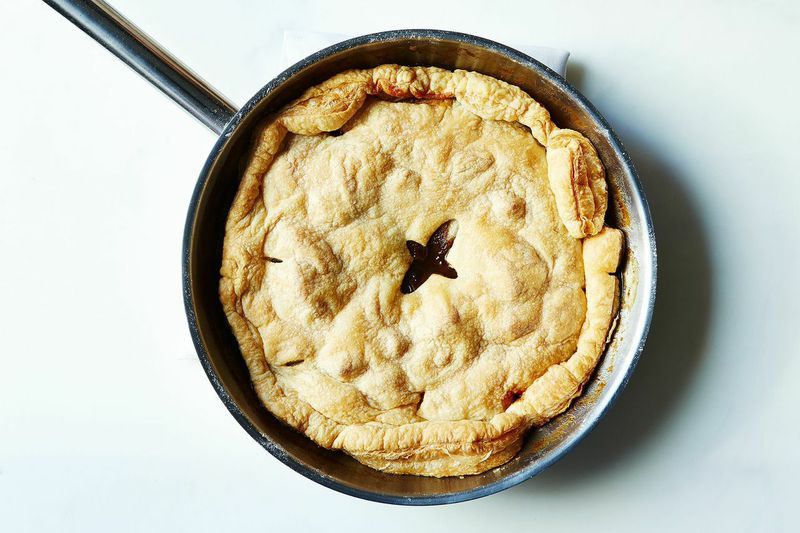


See what other Food52 readers are saying.